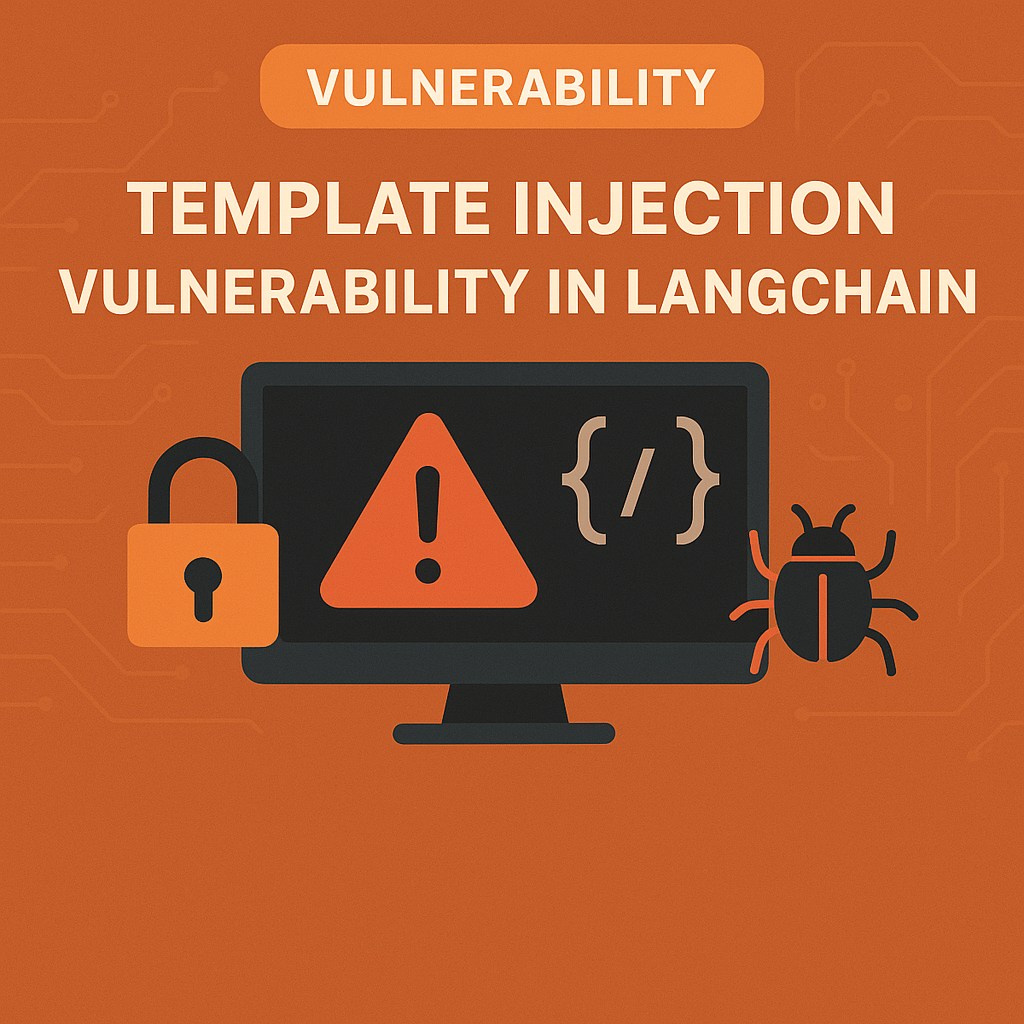Template Injection in LangChain Mustache Callable Scopes Leading to Remote Code Execution
Date: September 1, 2025 · Author: Karma-X Research Team
Severity: Medium to High Status: Unpatched · Active Exploitation: Unknown
Reference: LangChain Repository · Langflow Botnet Exploitation · Report to Huntr.com
Want to Read More?
This is premium content from our research team. Create a free account to access the full article and join our community of security professionals.
Already have an account? Sign in here

